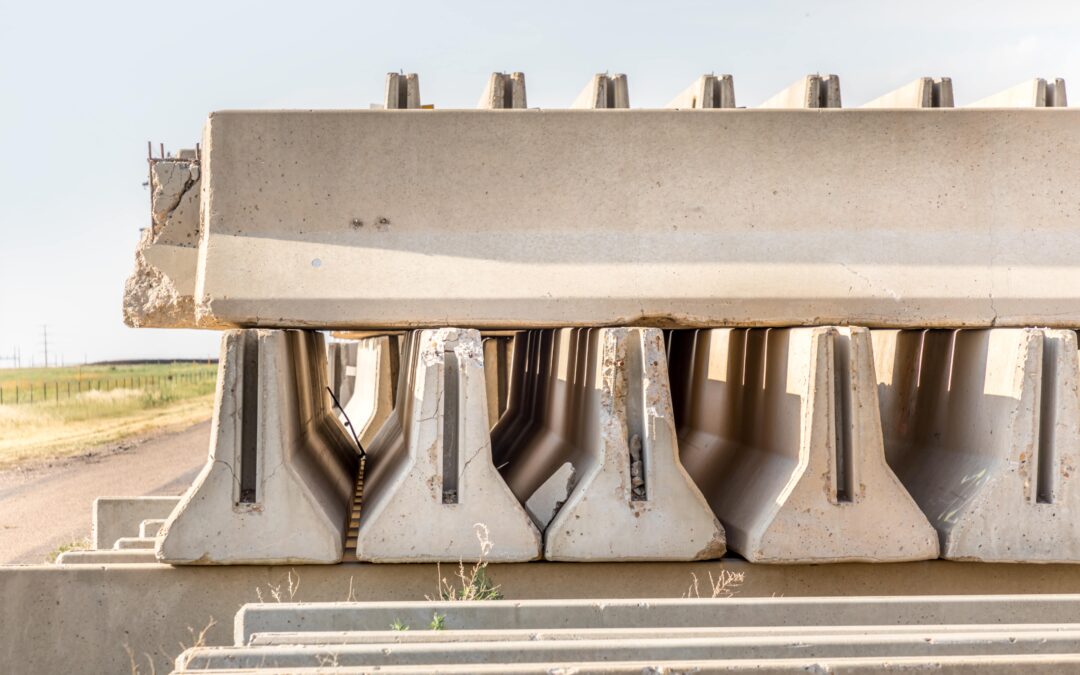Introduction:
Recent years have seen a major shift in building materials – the reduction of graphene oxide (rGO). This sophisticated graphene-derived nanomaterial has shown remarkable promise in improving the performance and properties of concrete. In this blog post, we explore the exciting world of graphene and explore how reduced graphene oxide is changing the concrete industry.
Understanding Graphene:
Graphene, a layer of carbon atoms arranged in hexagonal layers, is known for its exceptional strength, electrical conductivity and flexibility Its remarkable mechanical properties make it a potential game-changer in a variety of industries, including construction among. However, there is a challenge in incorporating graphene into concrete-like materials without compromising its unique properties.
Reduced graphene oxide is a derivative of graphene, produced by chemical reduction of graphene oxide. This reduction process introduces defects and functional groups into the graphene structure, making it more suitable for incorporation into a variety of materials In the case of concrete, rGO acts as a versatile additive many major solutions.
Technological enhancements:
Strength: The addition of rGO increases the tensile strength and tensile strength of concrete. It acts as a stabilizer at the nanoscale, contributing to the formation of more complex and stable structures.
Modification: Concrete is brittle, but the introduction of rGO makes it softer, reducing the possibility of cracking and breaking.
Improvements in electromagnetic fields:
Smart concrete: The development of rGO-infused concrete paves the way for smart infrastructure. It allows the integration of sensors and monitoring devices to detect changes in configuration and provide real-time information about virtual health.
Heat of Formation:
Thermal properties: rGO helps improve heat transfer in concrete. This can help optimize temperature control in buildings, reducing the need for extensive heating or cooling systems.
Corrosion Resistance:
Increased life expectancy: Corrosion is a common issue in concrete structures, especially in extremely humid or salty environments. rGO acts as a barrier, reducing corrosion product penetration and extending the life of concrete.
sustainability:
Material efficiency: The use of rGO in concrete can lead to sustainable construction practices. By increasing the mechanical properties of concrete it should be possible to reduce the total amount of concrete required in a building, thereby reducing its impact on the environment
Conclusion:
Ad-Nano Reduced graphene oxide definitely has been giving tremendous solution in concrete technology. Its ability to increase mechanical strength, improve electrical and thermal conductivity, resist corrosion, and contribute to durability is a versatile and valuable addition to the construction industry While researchers continue to explore and refine the incorporation of rGO into concrete, we can see a future where structures are not only durable but smarter and more environmentally friendly.
As this ,There are some research papers published using Ad-nano Reduced Graphene Oxide in Concrete:
Reference:
https://iopscience.iop.org/article/10.1088/1755-1315/491/1/012038/meta

